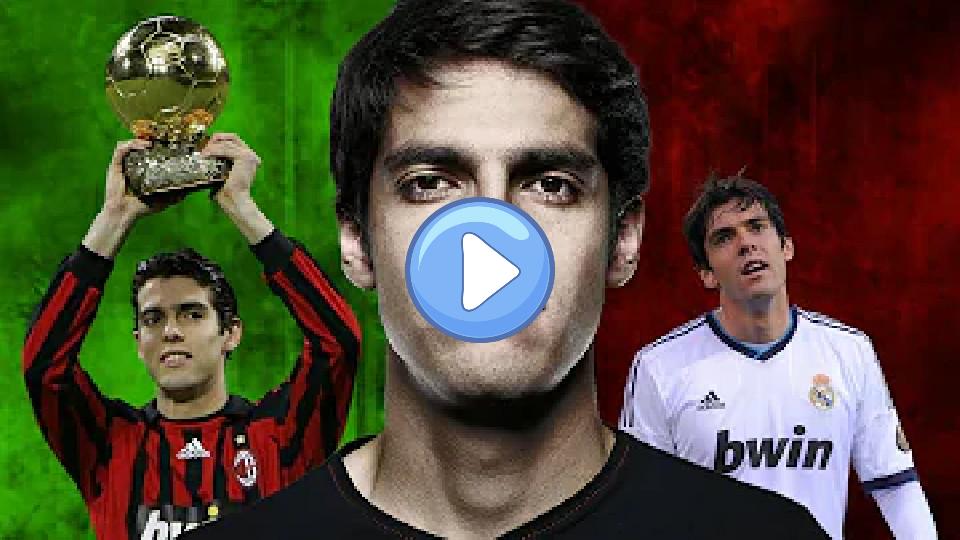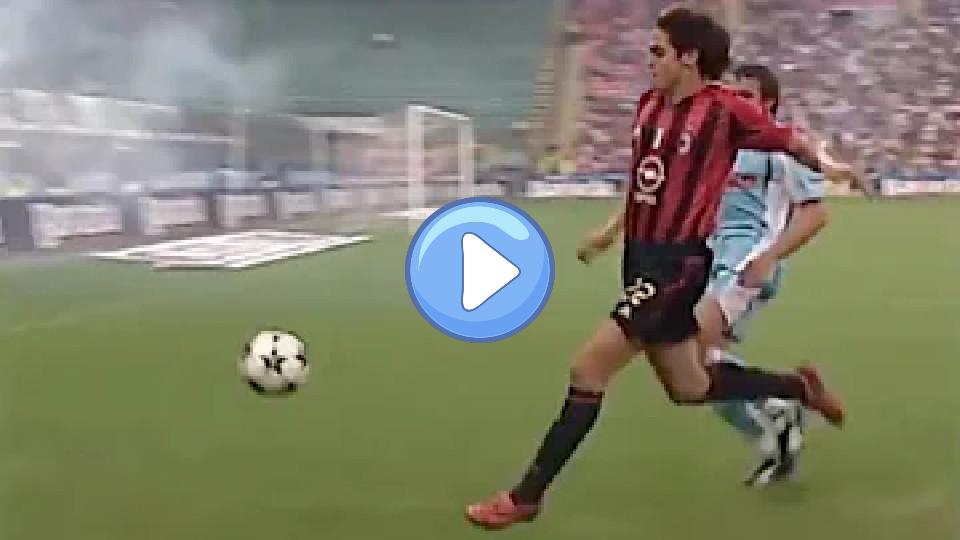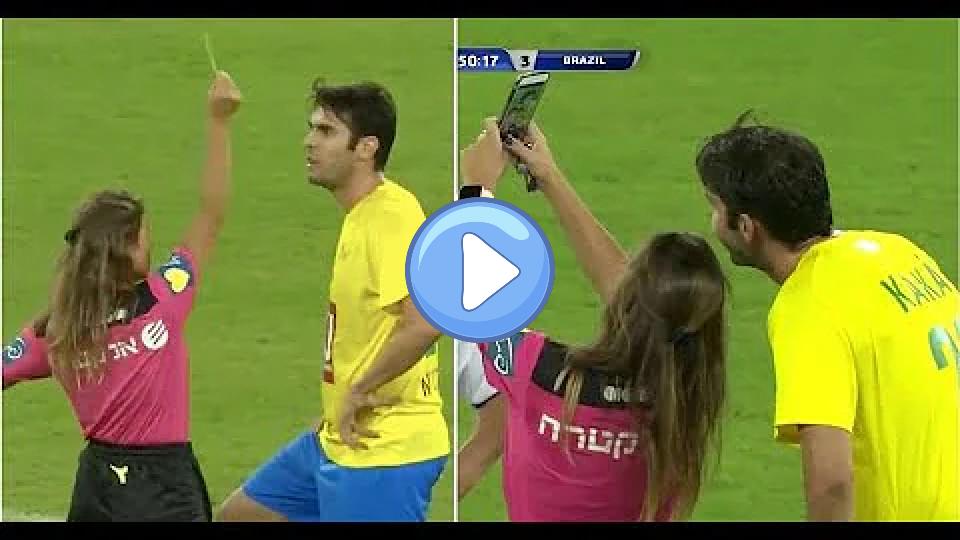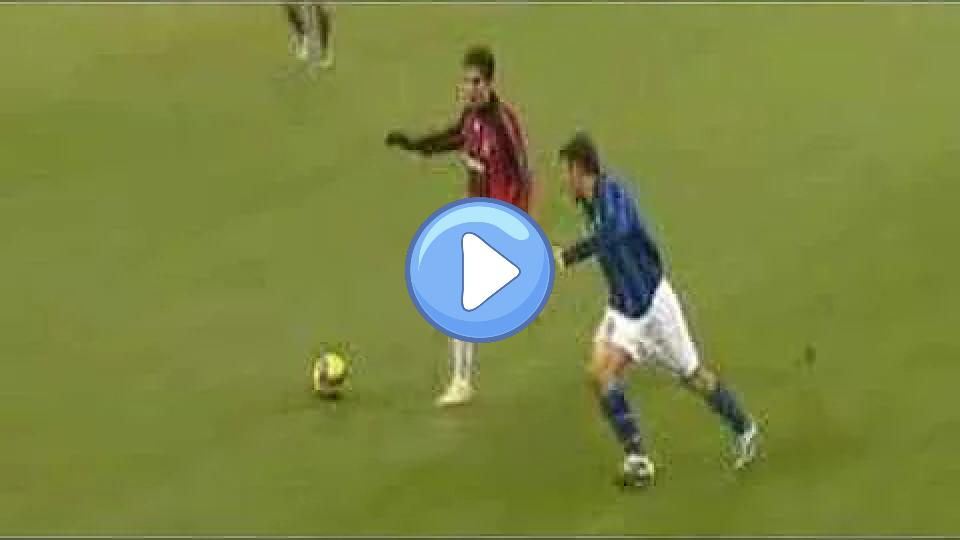Kaká's Sports Injuries
Type of Sport: Soccer
Kaká's Sports Injuries Table
| Type | Area | Date | Consequences | Content | How It Happened | Recovery Duration | Rehabilitation Details | Impact On Career | Psychological Impact | Previous Injuries | Return To Competition | Severity | Treatment | Medical Staff | Long Term Impact | Preventive Measures | Competition Missed | Initial Symptoms | Re Injury Risk | Support System | Rehabilitation Location |
|---|---|---|---|---|---|---|---|---|---|---|---|---|---|---|---|---|---|---|---|---|---|
| Sprains | Right Ankle | 2009-01-24 | Out for multiple weeks. | In January 2009, Kaká sprained his right ankle after an awkward landing following a tackle. | Twisted his ankle during a tackle. | 4 weeks | Immobilization, ice therapy, and gradual return to training. | Missed out on crucial matches but returned to form quickly. | Frustration due to limited mobility. | No prior ankle injuries noted. | Back in late February 2009. | Moderate | Rest, ice, compression, elevation (RICE method). | Club's physiotherapists and doctors. | No significant long-term issues. | Strengthening and balance exercises for the ankle. | Missed 4 league matches and 1 cup match. | Swelling and severe pain in the ankle. | Moderate, with care taken to avoid recurrence. | Supported by medical team and personal trainers. | Club's medical and training facilities. |
| Strains | Left Adductor | 2013-09-14 | Out for a few weeks. | Kaká strained his left adductor muscle during a match in September 2013 while making a sudden change of direction. | Occurred during a match while changing direction. | 3 weeks | Rest, ice, and targeted physiotherapy. | Minor setback, but returned to full fitness. | Mild frustration due to missing early season games. | No prior adductor injuries. | Returned in early October 2013. | Mild | Rest, cryotherapy, and physiotherapy. | Club's medical and physiotherapy team. | No long-term effects. | Incorporated more flexibility and strength exercises for the adductor muscles. | Missed 2 league matches. | Pain and discomfort in the groin area. | Low with proper care. | Supported by club's medical team and personal trainers. | Club's medical and training facilities. |
| Strains | Left Thigh | 2008-11-28 | Missed several important matches. | Kaká suffered a strain in his left thigh during a match in November 2008. The injury occurred while he was sprinting down the field and overstretched his muscle. | During a match, Kaká overstretched while sprinting. | 3 weeks | Underwent physiotherapy and rest. | Short-term setback but no long-lasting effects. | Minor frustration due to missing key games. | None in the same area. | Returned in mid-December 2008. | Moderate | Physiotherapy, rest, and muscle strengthening exercises. | Club's medical team. | No long-term impact. | Adjusted training regimen to include more warm-up exercises. | Missed 3 league matches. | Sharp pain and difficulty in moving the leg. | Low after proper rehabilitation. | Supported by family and teammates. | Club's medical facilities. |
| Strains | Right Hamstring | 2012-03-16 | Missed several weeks of play. | In March 2012, Kaká strained his right hamstring during a high-intensity training session. | Happened during a sprint in training. | 4-6 weeks | Intensive physiotherapy and gradual return to running. | Missed end-of-season matches, affecting his team's performance. | Disappointment due to missing critical matches. | None in the same area. | Returned in late April 2012. | Moderate | Rest, physiotherapy, and hamstring strengthening exercises. | Club's medical and physiotherapy team. | No long-term impact. | Enhanced warm-up routines and hamstring conditioning. | Missed 5 league matches. | Sudden pain and tightness in the hamstring. | Moderate, with proper care. | Supported by club's medical team and family. | Club's medical facilities. |
Kaká's Sports Injuries Videos
What Happened to Kaká's Career?
In 2008, Ricardo Kaka was at the pinnacle of his career at just 26, having won a World Cup with Brazil and numerous titles with AC Milan, including the Champions League. He was also the last player to win the Ballon d'Or before the Messi-Ronaldo era. However, his career began to decline shortly thereafter.
Kaka started his professional career at São Paulo FC and quickly rose to prominence, joining Brazil's national team for the 2002 World Cup, which they won. His performance caught the eye of European clubs, leading to his transfer to AC Milan in 2003. At Milan, Kaka thrived, winning Serie A, the Champions League, and numerous personal awards, including the 2007 Ballon d'Or.
In 2009, Kaka transferred to Real Madrid for €68.5 million. Despite a promising start, his time at Madrid was plagued by injuries, including a significant knee surgery and iliotibial band syndrome, which limited his playing time. The arrival of coach José Mourinho and the signing of Mesut Özil further marginalized Kaka, leading to a strained relationship with Mourinho.
In 2013, Kaka returned to AC Milan but could not regain his former glory. He later moved to the MLS with Orlando City before retiring in 2017. Despite his career being hampered by injuries and coaching decisions, Kaka remains celebrated as one of football's great talents.

Why Ricardo Kaka Succeeded at AC Milan but Failed at Real Madrid?
Ricardo Kaka is considered one of the best footballers in history, having won the World Cup, the Champions League, and the Ballon d'Or. He began his professional career in 2001 with São Paulo's first team, quickly gaining fame and contributing significantly to their success. In 2003, due to São Paulo's financial crisis, he was sold to AC Milan for 8.5 million euros. At Milan, he quickly became a key player, helping the team win the Serie A title and the Champions League, among other honors.
In 2009, Kaka transferred to Real Madrid for 67 million euros, but his time there was marred by injuries and inconsistent play. Despite showing flashes of brilliance, he struggled to find his place under different coaches and formations. In 2013, he returned to AC Milan before moving to Orlando City in MLS, where he played until his retirement in 2017.
Kaka's career was remarkable, especially considering a serious spinal injury in his youth that nearly ended his career before it began. He attributes his survival and success to divine intervention, making his achievements even more significant.

Nesta & Kaká: When Cornered, Do This
No matter if you're in defense or attack, a player on the side of the pitch will have the option to use the opposing player to keep...

Kaka is back! Comeback after injury in the match against Getafe in 2011.
Just the first touches with the ball, and it looks good to see Kaka playing again. Please don't send negative comments; it's just a video...

Ricardo Kaka received a fake yellow card and took a selfie with the referee #ShalomGame
The referee gives Kaka a fake yellow card so she can take a selfie with him. The game of peace, Israel legends vs. Brazil...

Samuel's injury and Kaka's skills
Have fun with Samuel.

Kaká interview after knee injury
"It was bothering me a little, but I did not know it was that important. That's what happened because I was always..."

Unbelievable Injuries in Football History - Kaka, David || HD ||
Unbelievable Injuries in Football History - Kaka, David || HD || Please like and subscribe to the channel.

